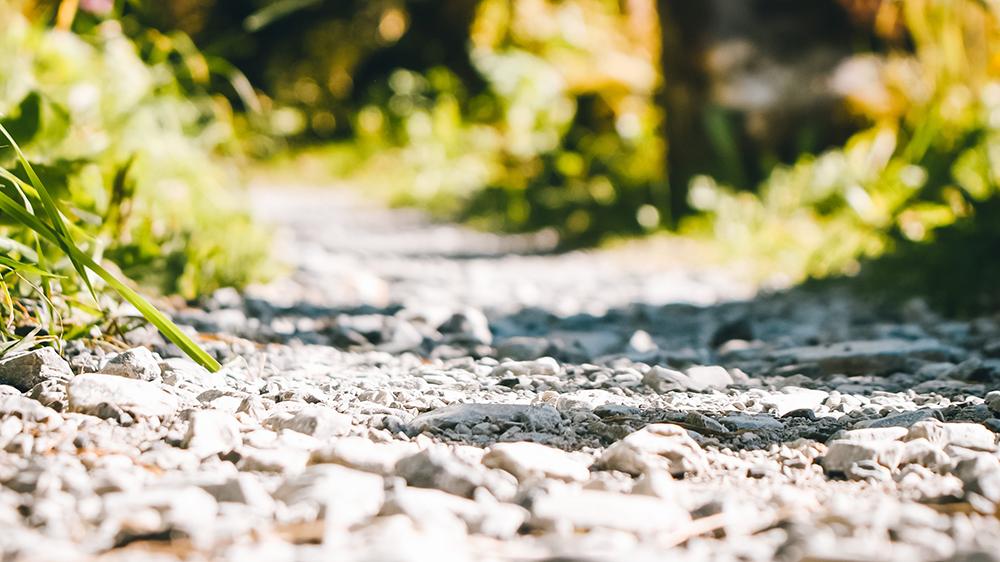Permeable Landscape

Any surface that allows water to seep through it or around it is permeable. Some obvious examples are bare soil, mulched beds, and gravel. Stone, pavers, and concrete can be permeable also, as long as there are crevices where water can percolate.
Benefits of permeable surfaces
Reduces water runoff from rain or irrigation systems by allowing it to drain into the ground; this also reduces the amount of pollutants that flow into the street and storm drains and ultimately into the ocean.
Allows water to soak into the earth, which recharges our groundwater, slows erosion, and reduces pollution. The goal is threefold: create systems in which rainwater can seep in, spread out, and sink down.
Berms and swales
Drainage systems can include strategically located berms and swales, as well as water-permeable surfaces that allow rainwater to slowly infiltrate the ground.
Swales are simply shallow, low depressions in the ground designed to encourage the accumulation of rain during storms and hold it for a few hours or days to let it penetrate the soil. Swales ideally are lined with trees and store water for the immediate landscape as well as help cleanse the water as it percolates down.
Berms are raised beds that can be used to direct water to swales. They are the equivalent of the slope in a road used to push water off the middle of the road toward the curbs. Ideally, berms and swales should be designed into the landscape where there is any noticeable slope to slow and capture runoff.
How swales and berms work:
A swale slows down the rapid flow of stormwater runoff by ponding water between its sloping sides (berms). The ponding not only slows the rate of flow, but allows pollutants to settle out of the water. When the swale becomes full, the cleaner surface water will spill over the berm and slowly run into a local water body. Eventually, the remaining ponded water will either evaporate or infiltrate the soil. Swales can be installed separately or as part of a larger water rain catchment system with rain gardens, cisterns, and other water conservation measures.
If stumped, ask for help. Whatever steps you choose to take to incorporate permeable landscaping around your home, enlist the help of a professional familiar with local building codes and the installation of whatever material and method you select.
